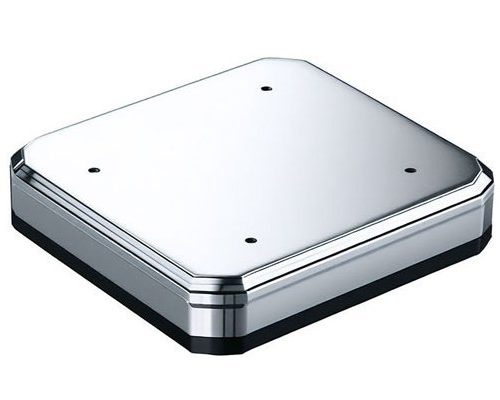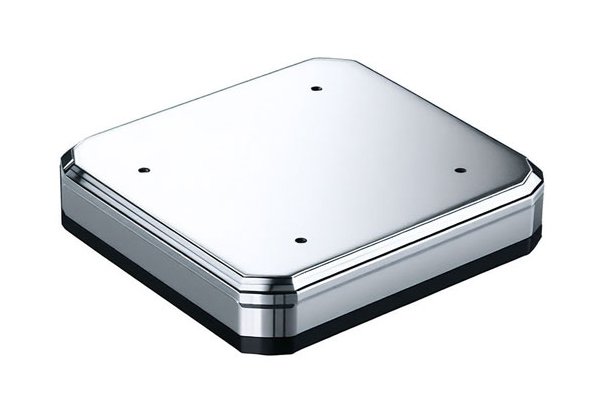When it comes to modern manufacturing, CNC (Computer Numerical Control) machining stands at the forefront as a game changer. Imagine having a machine that can replicate your designs with impeccable precision, much like a maestro conducting an orchestra where every note is played to perfection. In this comprehensive guide, we’ll delve deep into the wonderful world of CNC machining, exploring its processes, benefits, certifications, and the latest trends shaping its future. Whether you’re a budding engineer, a small business owner, or simply an enthusiast, this article will equip you with all the info you need.
What is CNC Machining? Understanding the Basics
CNC machining is a subtractive manufacturing process where pre-programmed computer software commands the movement of factory tools and machinery. Picture this: instead of manually controlling tools, we let computers handle the complexities, like a pilot relying on autopilot for smoother flights. This automation allows for incredible accuracy and repeatability, characteristics that are vital in producing intricate parts for various industries.
How Does CNC Machining Work? The Inner Workings Revealed
Now, let’s break it down a bit. The CNC machining process begins with creating a computer-aided design (CAD) model. This model is then translated into a computer numerical control (CNC) program through a process called computer-aided manufacturing (CAM). The program dictates each movement the machining tool will take, from the speed at which it spins to the depth of each cut.
So, how does this play out in real life? Think of it like baking a cake. You have a recipe (your CNC program), and by following each step with precision, you end up with a beautiful cake (your finished part). But if you skip steps or mismeasure ingredients, you might bake something that resembles a science experiment instead of a dessert!
The Advantages of CNC Machining: Efficiency Meets Precision
Why is CNC machining such a big deal? The benefits are numerous. First and foremost, let’s talk about accuracy. Because CNC machines can operate in a closed-loop cycle, they read feedback from tools to ensure they’re performing as expected. This means less waste and fewer mistakes—an engineer’s dream!
Next up, efficiency. CNC machines can run continuously, producing a large number of parts in a short time frame. They are like the tireless workhorses of the manufacturing world, churning out component after component with minimal downtime. If you’re in the business of mass production, this efficiency can translate directly into cost savings.
Not to forget, CNC machining also permits flexibility in design. Need to make a quick tweak to a part? No problem! With just a few programming adjustments, the machine can create the new design without having to invest in new tooling.
Applications of CNC Machining: Where Precision Meets Practicality
The applications of CNC machining are as diverse as they come. From aerospace to healthcare, this technology is ubiquitous.
Aerospace Industry
In the aerospace sector, precision is non-negotiable. Parts must withstand harsh environments and operate flawlessly at high speeds. CNC machining is ideal here, producing components like turbine blades and engine parts with the tight tolerances needed to ensure safety and performance.
Automotive Sector
The automotive industry also relies heavily on CNC machining for producing parts like engine blocks and transmission housings. Here, speed meets durability—getting vehicles on the road faster while ensuring they’re safe and reliable.
Medical Field
In the medical field, where equipment like surgical instruments and implants are concerned, CNC machining offers the accuracy required to develop life-saving devices. A misplaced decimal could mean the difference between a successful surgery and a catastrophic outcome!
CNC Machining Certifications: What You Need to Know
If you’re passionate about entering the field of CNC machining, you might be wondering about qualifications. Certifications can offer a pathway to demonstrate your expertise. For instance, the National Institute for Metalworking Skills (NIMS) provides certifications that highlight competencies in various machining skills. Acquiring a certification not only boosts your resume but also builds your confidence in the field.
Types of Certifications and Their Importance
Some popular certifications include CNC Operator, CNC Programmer, and CNC Machining Technology. Each of these emphasizes different areas of expertise, confirming that you have the skills necessary to excel in CNC machining. Think of these certifications as badges of honor—proof that you’ve put in the time and effort to master your craft.
CNC Machining Platforms: Taking Automation to the Next Level
In today’s fast-paced world, relying on outdated machinery can feel like trying to run a marathon in flip-flops. CNC machining platforms are stepping up that game, offering advanced functionalities and integrations. Many of these platforms allow for remote monitoring and control, transforming how manufacturers operate.
Popular CNC Platforms
Some companies are gearing up for the future with platforms like Fusion 360, SolidWorks, and Mastercam. These tools offer everything from 3D modeling capabilities to simulation and toolpath generation, making the design and production process smoother than ever.
The Future of CNC Machining: Trends to Watch Out For
As with any field, CNC machining is continually evolving. Here are a few trends that are shaping its future:
Integration of AI and Machine Learning
Imagine machines that can learn from their mistakes and optimize their own performance. This isn’t just sci-fi; with AI and machine learning, CNC machines can analyze data from past runs and adjust operations accordingly. This not only improves performance but also reduces wear and tear on equipment!
Sustainability in Manufacturing
Sustainability is another big trend. With an increasing focus on minimizing waste, engineers are developing more efficient processes, while CNC machines are being designed to run on renewable energy. It’s a win-win!
Advanced Materials
Finally, the use of advanced materials—like composites and 3D-printed components—will expand CNC machining capabilities further. This means more options and applications across various industries.
Conclusion: Embracing the CNC Revolution
So, there you have it! CNC machining is more than just a manufacturing process; it’s a revolution. With its unparalleled precision, efficiency, and flexibility, it has transformed how sectors across the globe operate. By understanding the fundamentals of CNC machining, the applications it serves, and the certifications available, you are well on your way to making informed decisions in your career or business.
We stand at a thrilling crossroads of technology and innovation. If you’ve got questions or want to dive deeper into any specific area of CNC machining, feel free to reach out! It’s a fascinating world out there, and we’re just getting started. After all, in the realm of manufacturing, the only limit is your imagination!


